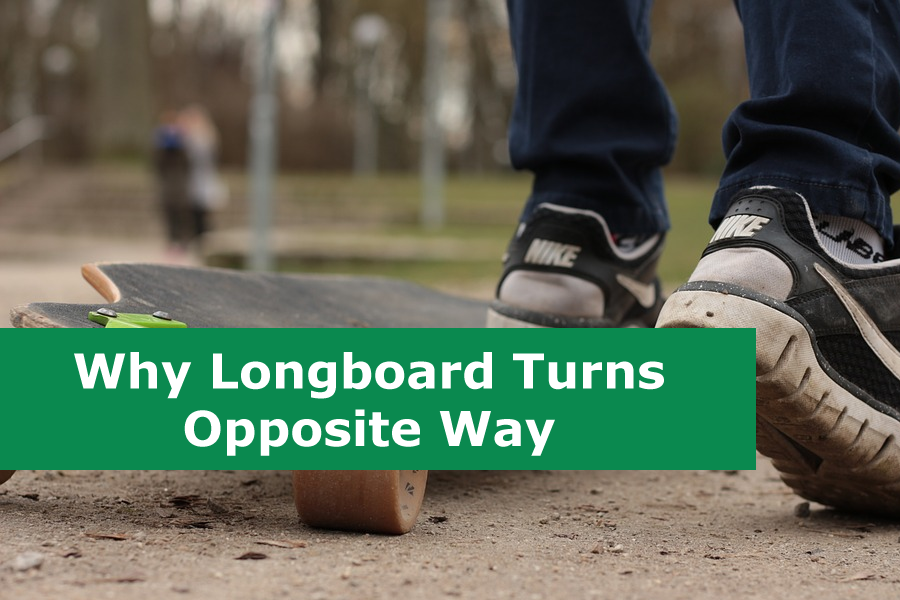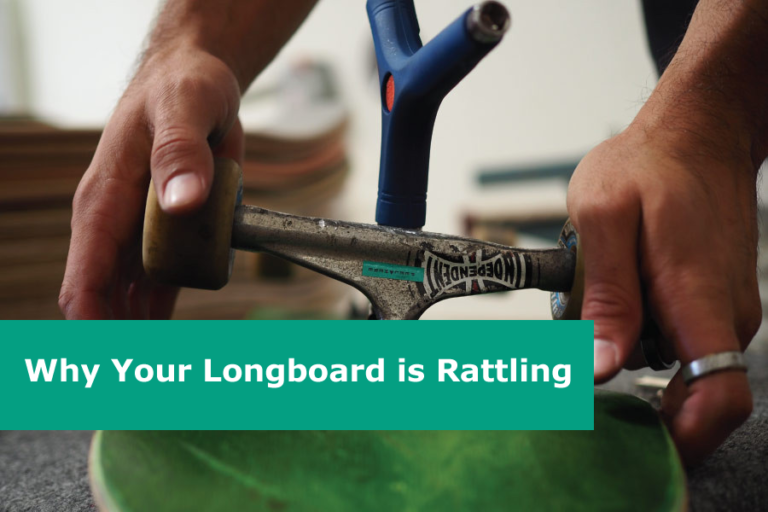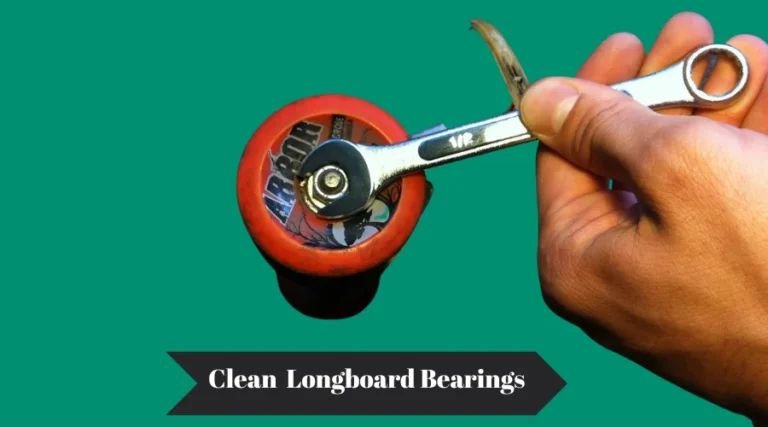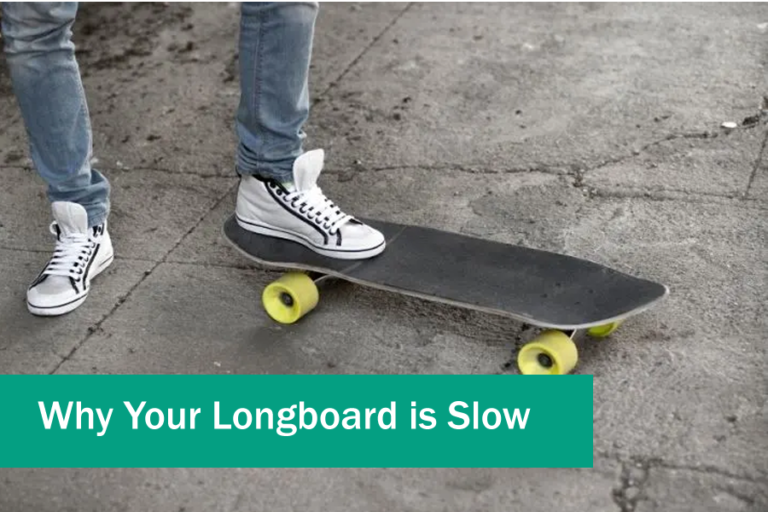9 Reasons Why Longboard Turns Opposite Way
Longboarding has become a popular sport among adventure enthusiasts and adrenaline junkies. However, have you ever noticed that your longboard turns in the opposite direction from the direction you intend it to go?
It can be quite frustrating, especially if you are a beginner rider. But don’t worry, as we have compiled a list of reasons why your longboard turns the opposite way, along with some helpful tips to fix the problem.
Uneven squash due to steering more in one direction

The first possible cause of a longboard turning in the opposite direction is an uneven squash due to steering more in one direction.
This means that the rider may be putting more weight on one side of the board, causing the deck to become warped over time.
This can lead to the mounts being out of alignment, causing the board to turn in the opposite direction. It is important for riders to distribute their weight evenly when riding to prevent this issue from occurring.
Loose bolts cause vibrations and unbalance

Another possible cause for a longboard to turn in the opposite direction is loose bolts. When the bolts that hold the trucks to the deck are loose, vibrations from the ground can cause unbalance and make it feel like the board is turning on its own. This can not only impact the stability of the board but also its overall performance.
To avoid this issue, it is important to regularly check and tighten the bolts to ensure they are securely fastened. Loose bolts can also lead to other problems, such as wheel wobbles and truck misalignment. By paying attention to these small details, riders can ensure a smoother and more enjoyable ride.
Broken bearings causing opposite turns

Broken bearings are one reason why a longboard can turn in the opposite direction. As previously discussed, there are many factors that affect a skateboard’s turning abilities.
When the bearings are broken, it can cause the wheels to not roll smoothly, which can result in a jerky and unpredictable ride. This affects the direction in which the board moves, causing it to turn in the opposite direction.
It’s important to regularly check and maintain the bearings on your longboard to ensure a safer and more enjoyable ride.
Cracked bushings affecting turns
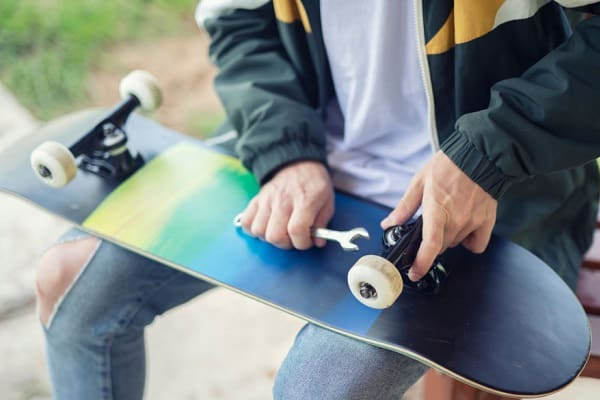
Another reason that a longboard may turn in the opposite direction is due to cracked bushings. As discussed earlier, bushings are found in the center of the board and are responsible for providing cushioning and allowing the rider to turn smoothly.
If the bushings become cracked, they can lose their elasticity and cause the board to turn in unexpected ways. The impact of tricks and turns or general wear and tear over time may be to blame. However, cracked bushings are not the only culprit when it comes to opposite turns on a longboard.
Loose bolts, broken bearings, and even a warped deck can all contribute to an unbalanced ride. By properly maintaining the various components of a longboard, riders can ensure a smooth and safe ride every time.
Tight or loose trucks impacting turns

One of the most common reasons for a longboard to turn in the opposite direction is the tightness or looseness of the trucks. If one truck is tighter than the other, it can cause the deck to steer in a certain direction.
Loose or tight trucks can affect the stability of the board, resulting in loss of control while riding. This problem can be easily fixed by loosening or tightening the kingpin of the trucks, depending on your preference.
Looser trucks give more flexibility for turning and carving, while tighter trucks offer greater stability at higher speeds. However, if the trucks are too loose or too tight, it can affect the bearings and bushings, resulting in a less responsive and less comfortable ride.
Loose nuts affecting skateboard balance

Loose nuts can have a significant impact on skateboard balance, affecting its overall stability and your ability to control it. The good news is that this is an easy fix.
Simply tighten the nuts until they are snug and secure. This will help improve your skateboard’s balance and overall performance. However, don’t tighten the nuts too much, as this can affect the trucks’ ability to turn. It’s all about finding the right balance.
By tightening the nuts, you may experience a smoother ride and more control over your board.
Warped deck causing mounts to be out of alignment

A warped deck can cause a lot of problems for skateboarders and longboarders alike. It can cause your trucks to mount out of alignment, which can result in your board turning in the opposite direction. Not only does it affect your riding experience, but it can also be dangerous.
It’s important to regularly check your board for any signs of warping or damage and to replace it if necessary. Remember, your safety should always come first, and a warped deck is not worth the risk.
Leaning on one side of the board more than the other

Another reason why your longboard might be turning oppositely is if you are leaning on one side of the board more than the other. This can happen when a rider has a dominant foot and favors carving or turning in one direction over the other. Over time, this can lead to uneven wear on the bushings and trucks, causing the board to turn in the opposite direction.
It’s important to practice riding the switch so both sides of the board get equal use. Riders can also try adjusting their stance and weight distribution so they are putting equal pressure on both sides.
Using longboard trucks on a skateboard

Using longboard trucks on a skateboard can be another reason why your board turns in the opposite direction. While it may seem like a simple solution to switch out trucks, it’s important to note that longboard trucks and skateboard trucks have different sizes and shapes, and are not interchangeable.
Using longboard trucks on a skateboard may cause the board to become unresponsive or unstable. It’s best to use skateboard-specific trucks for optimal performance and control.
Properly tuned and fitted trucks can also prevent your board from turning unexpectedly, so it’s important to regularly check and maintain your gear.

I am a longboarding enthusiast and a blogger. On this blog, I share tips, tricks, and advice based on my experience. I am dedicated to helping newbies improve their skills and enjoy this fun activity to the fullest.
Disclosure:This post may contain affiliate links. If you click on a link and make a purchase, we may earn a commission at no additional cost to you. Learn more.

